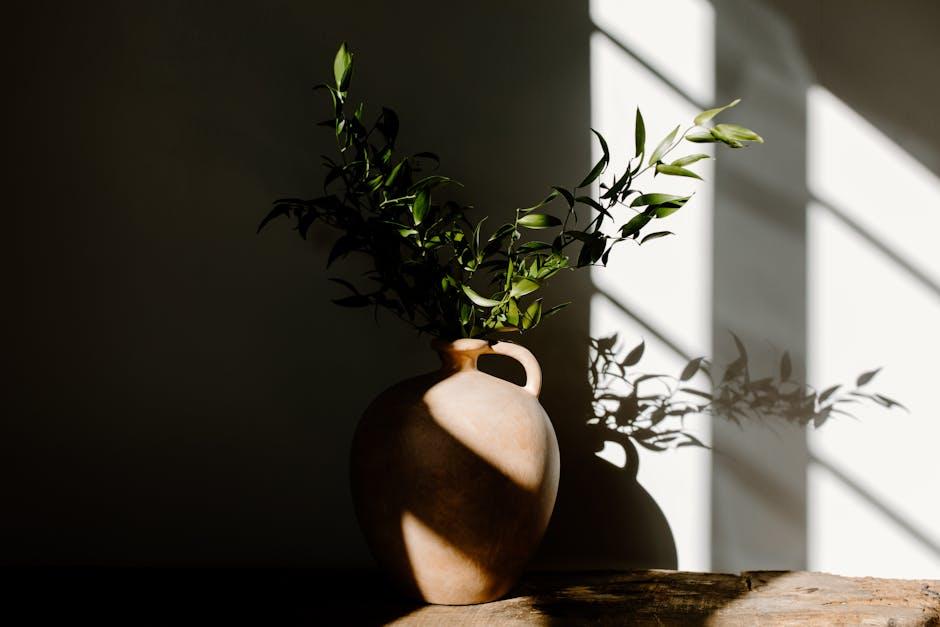In a world increasingly cluttered with distractions and possessions, the art of home organization offers a sanctuary of calm and clarity. Drawing inspiration from Japanese minimalism, a design philosophy that celebrates simplicity, intentionality, and harmony, this approach transforms living spaces into tranquil retreats. By embracing clean lines, thoughtful storage, and mindful decluttering, Japanese minimalism invites us to rethink not just what we keep, but how we live. This article explores the essence of this elegant aesthetic and practical wisdom, guiding you toward a home that breathes balance and serenity.
Embracing the Essence of Simplicity in Your Living Space
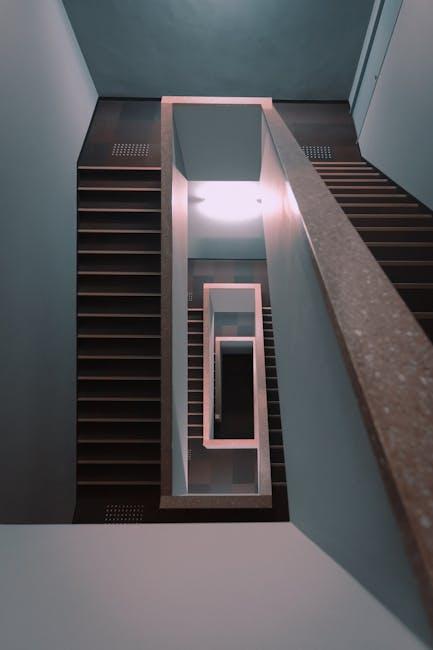
The art of creating a serene living space lies in the deliberate choice to prioritize quality over quantity. By focusing on essentials, each item takes on new significance, contributing to an environment that breathes calm and clarity. In practice, this means making room only for pieces that serve a purpose or spark joy, fostering an atmosphere where everyday routines feel effortless and unburdened. The warmth of natural materials combined with clean lines encourages mindfulness and invites you to slow down.
To truly embrace this philosophy, consider these guiding principles:
- Purposeful selection: Keep only what complements your lifestyle and promotes peace.
- Orderly arrangement: Use storage thoughtfully to maintain open surfaces and avoid clutter.
- Natural harmony: Incorporate textures and colors inspired by nature for soothing balance.
- Intentional lighting: Favor soft, ambient light that enhances warmth and tranquility.
| Aspect | Minimalist Approach | Effect on Space |
|---|---|---|
| Furniture | Simple, multifunctional pieces | Creates openness and versatility |
| Decor | Few meaningful accents | Highlights beauty without distraction |
| Colors | Neutral, earthy tones | Promotes calm and cohesion |
Curating Belongings with Purpose and Mindful Selection
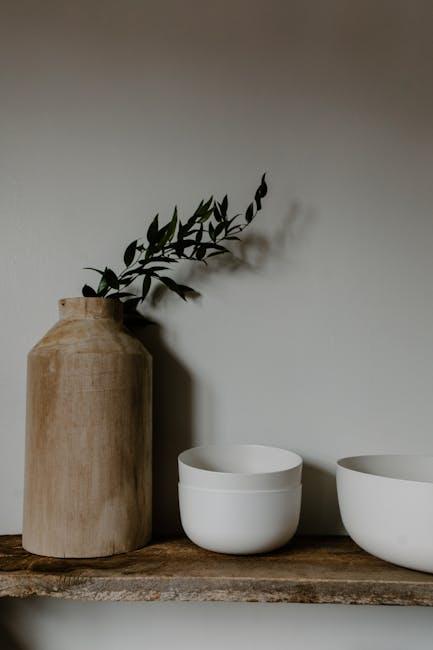
In the spirit of Japanese minimalism, each item in your home should serve a distinct purpose and evoke a sense of joy or necessity. This thoughtful approach encourages a deeper appreciation for the belongings you keep, transforming the act of organization into a mindful ritual. Consider the intention behind every piece-question its value, function, and emotional resonance. This practice encourages clarity, reduces distraction, and cultivates a living space that truly reflects your essence.
Adopting this method involves more than just decluttering; it’s about mindful curation with respect to quality over quantity. To guide your selection process, keep the following criteria in mind:
- Functionality: Does the item fulfill a practical role in your daily life?
- Joy: Does it bring comfort, happiness, or inspiration?
- Durability: Will it withstand time and use gracefully?
- Simplicity: Is it versatile and easy to maintain?
| Belonging Type | Purpose | Mindful Action |
|---|---|---|
| Clothing | Comfort & Style | Retain favorites that fit well and feel good |
| Kitchenware | Utility & Efficiency | Keep essentials used regularly, donate duplicates |
| Decor | Atmosphere & Inspiration | Select pieces that enhance mood without clutter |
Designing Functional Zones for Harmonious Daily Flow
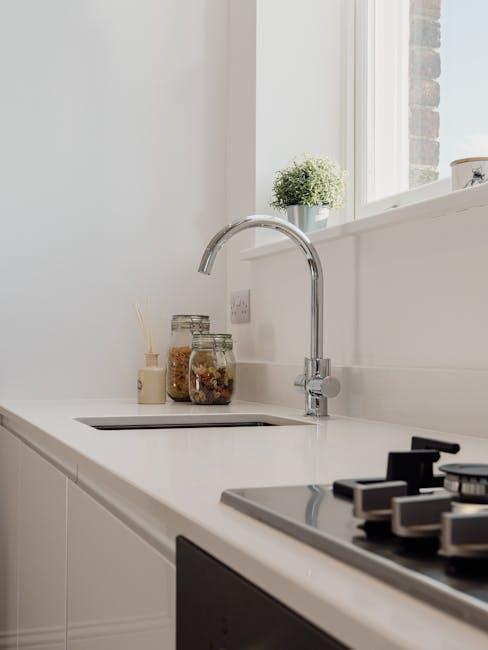
In Japanese minimalism, every square inch of your home is intentional, fostering a seamless transition between tasks and spaces. To achieve this, divide your living areas into distinct zones that serve specific purposes, allowing daily activities to flow effortlessly. For example, create a tranquil reading nook away from the hustle of meal preparation and a streamlined entryway designed solely for storage and organization. This dedicated zoning encourages mindfulness and reduces the friction of multitasking in cluttered environments.
Focus on the essentials within each zone by limiting furnishings and décor to only what enhances function and tranquility. Employ natural materials, soft lighting, and subtle partitions like shoji screens to maintain openness while visually separating areas. Here’s a simple layout example inspired by the Japanese ethos:
| Zone | Purpose | Key Elements |
|---|---|---|
| Entryway | Storage & Transition | Minimal shoe rack, hooks, basket |
| Living Area | Relax & Socialize | Low furniture, tatami mats, plants |
| Workspace | Focus & Productivity | Simple desk, chair, natural light |
| Kitchen | Meal Prep | Clear counters, open shelves, utensils |
- Maintain clear pathways to avoid obstruction and enhance movement.
- Use multifunctional furniture to optimize space without clutter.
- Incorporate calming greens and natural textures for a peaceful atmosphere.
Incorporating Natural Elements to Enhance Serenity and Balance
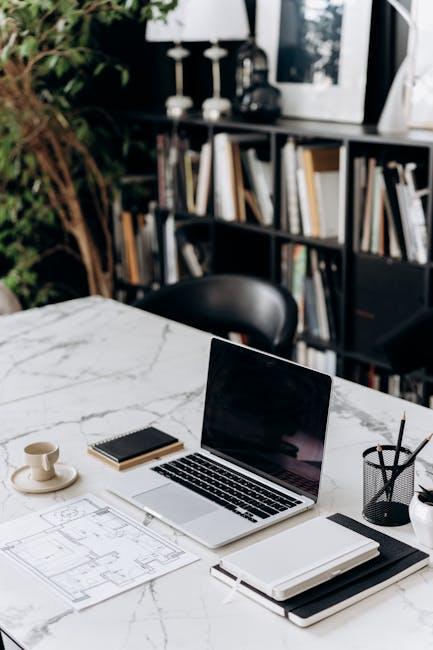
Embracing the essence of nature within your living space can transform ordinary rooms into sanctuaries of peace and mindfulness. Integrating elements such as bamboo, stones, and wood not only brings the outdoors in but also instills a calming rhythm that echoes Japanese minimalism’s respect for simplicity and natural beauty. Consider placing a small bonsai tree on your desk or incorporating a smooth river stone as a paperweight-these subtle touches invite serenity without overwhelming your space.
To further cultivate balance, focus on a palette inspired by natural materials. Soft, earthy tones combined with tactile finishes help anchor the room’s energy, making it feel grounded and harmonious. Here’s a quick guide to choosing natural components that complement minimalist design:
- Wood: Opt for light, unfinished or lightly stained woods like cedar or pine for furniture or shelving.
- Plants: Select low-maintenance greenery like succulents, ferns, or bamboo for clean lines and greenery.
- Stone: Incorporate smooth pebbles or slate accents for texture and a tactile contrast.
- Textiles: Use linen or cotton in muted tones for cushions and throws to soften the environment.
Key Takeaways
Embracing the philosophy of Japanese minimalism in home organization invites a thoughtful balance between simplicity and intention. It’s more than just tidying up-it’s about creating spaces that breathe, reflect clarity, and nurture calm. By thoughtfully curating what truly matters and letting go of the excess, your home becomes a sanctuary where functionality meets serenity. As you embark on this journey, remember that minimalism is not about perfection, but about making room for what enriches your life-one mindful choice at a time.
